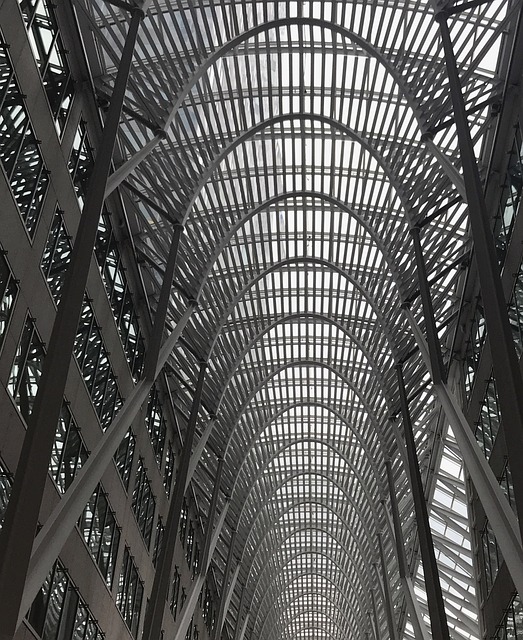Postmodernism in architecture
Author: mieszkania Gryfice
Postmodernism in architecture emerged at the turn of the XX and XXI century. It was developed in the 50s of the XX century, and was in opposition to modernism, which dominated at that time (postmodernism rejected its artistic order and traditionalism). The exact date of birth of postmodernism in architecture is 1965. Publications such as "Complexity and Contradiction in Architecture" written by Robert Venturi were published in those days.

Postmodern architecture is complex, heterogeneous and diverse. It is opposed to all previous rules and determinants that characterized preceding architectural styles. It assumes social liberation and detachment from universal cognitive methods and schematic (in thinking and action). It draws inspirations from the historical motifs which however do not shade it. Postmodern artists create their own original designs. Postmodernists were, among others: Giancarlo De Carlo, Aldo Rossi, Philip Johnson, Hans Hollein, Carlo Scarpa.
Postmodern buildings are created in order to please the eye. The emphasis is primarily put on their form, which often causes functional deficiencies. From the outside, the object is to be conscious decoration. The building is supposed to be based on the classical and more contemporary symbols (tower, pedestal, portal, glass, lattice). Postmodern architecture refers to the reminiscences and archetype. The facade of postmodern object gives to it, often symbolic, meaning. Means of shaping postmodern architecture are irony, absurdity and surprise. Crucial are: ornaments, symbols and symmetries. Postmodernism in architecture is usually associated with the references to historical styles. Historicizing trend of postmodernism is a combination of freedom and the references to the tradition of European building.
There are three types of historicizing postmodernism:
- symbolic trend that draws metaphors from the history (Robert Venturi)
- romantic trend of contemporary neostyles (Hans Hollein)
- classical style of the new vernacularism (brothers of Hearts)
Postmodernism can be found mainly in western architecture, because there is usually higher standard of living. In the time when it was spread in the U.S. and Western Europe, its strong commercialization occurred. Finally, in the 80s of the XX century classic (historicizing) postmodernism was regarded as dead. It was reborn in the early XXI century, used by artists who were looking for identity in the history, and also by the supporters of stylistic pluralism.
